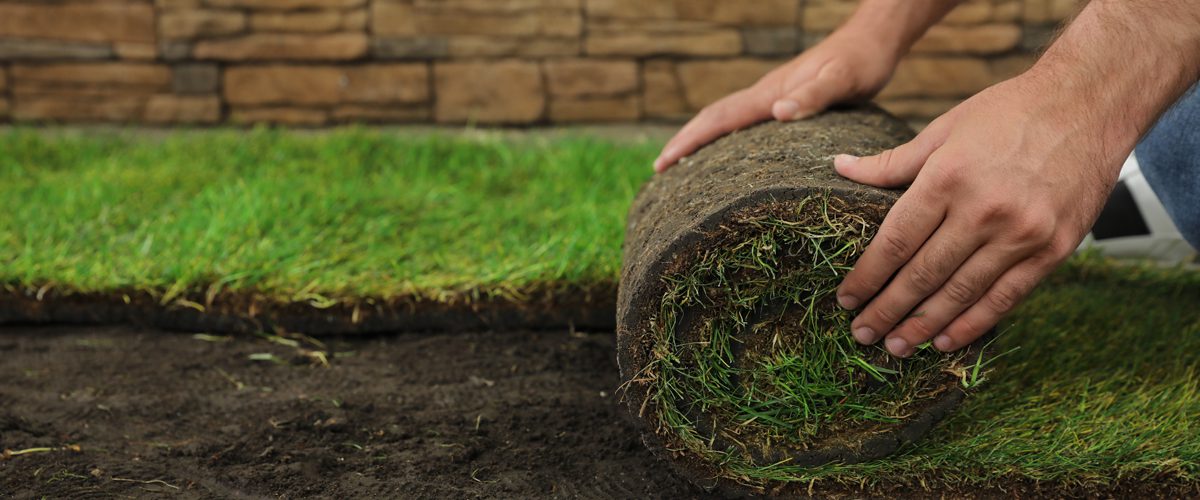
The sun is shining and sharing its warm rays. Summer is upon us, and that makes it a great time to check your soil to make sure your new sod can grow as healthy as possible. There are many benefits to having a gorgeous lawn.
Benefits of Having a Beautiful Lawn
- Increased home value
- Produces oxygen
- Improves air quality
- Be the envy of the block
Laying sod might be a part of your summer plans to create a drool-worthy lawn. There are a few things to know about laying sod to help make sure it roots properly. In fact, there isn’t a better time to learn some tips for your new sod! The warm sun and fantastic weather make it a great time to share some of our best tips for maintaining new sod. Healthy soil is the start to having lush, thick grass, and it’s also the start to ensuring that your new sod will take root. Healthy soil = healthy sod = healthy grass!
Important Tips For New Sod
It’s crucial to remember that new sod is perishable – it’s a living plant. Once purchased, it is important to install it as soon as possible. This will help to ensure that the new sod will thrive.
This is where a soil test comes in handy. It helps to ensure that the new sod planted is planted atop healthy soil. If the new sod is planted on top of dry soil, there is a good chance that it will become dehydrated.
The dry soil will suck the water from the new sod, leaving it underwatered and prone to die. Continue reading to the end to find out the best tips for watering new sod! Healthy soil gives the sod a strong starting point and therefore runs a better chance of thriving.
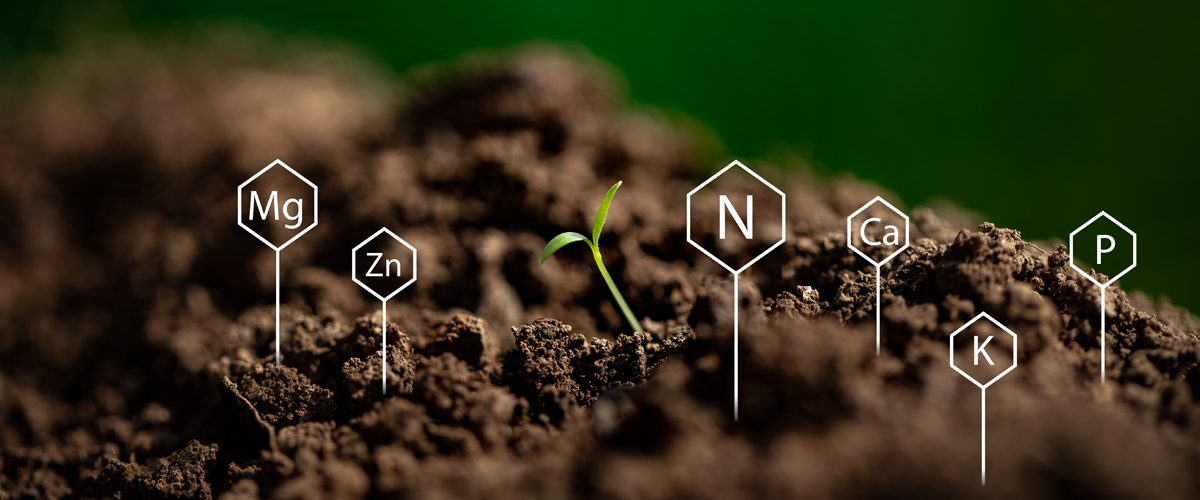
How To Lay New Sod
There are many tips for new sod to grow lush, thick, and healthy. First, however, it’s important to follow our tips for maintaining new sod for your new sod to root and thrive!
Test The Soil
Before laying out new sod, it’s important to begin with a simple soil test. A soil test can be purchased at your local gardening store for a small fee. Soil is a very delicate resource. Performing soil tests regularly helps to ensure that the soil is getting adequate nutrition and fertilizer.
A soil test can determine the soil’s nutritional content and pH level. To test the area you’re sodding, gather soil from various areas. Once the soil test results are in, you can treat your soil accordingly to have beautiful new sod. Before the sod is laid, it’s important to understand the health of the soil and what nutrients it needs. This will help the sod to thrive.
Use A Rototiller
Once you have the results from the soil test, use a rototiller to loosen the soil in the area where sod is being installed. Aim for a depth of 6 – 8 inches for optimal growth. Make sure to clean up any unwanted debris such as pebbles and rocks that might be underground.
Next, add approximately 3 inches of organic matter into the soil and till again to mix it all up. Organic matter helps to improve water retention and soil health, and it’s one of the best tips for new sod. Though it happens before the new sod is installed, it dramatically impacts the health of the sod and whether it takes root or not. It’s part of getting the soil ready for the new sod.
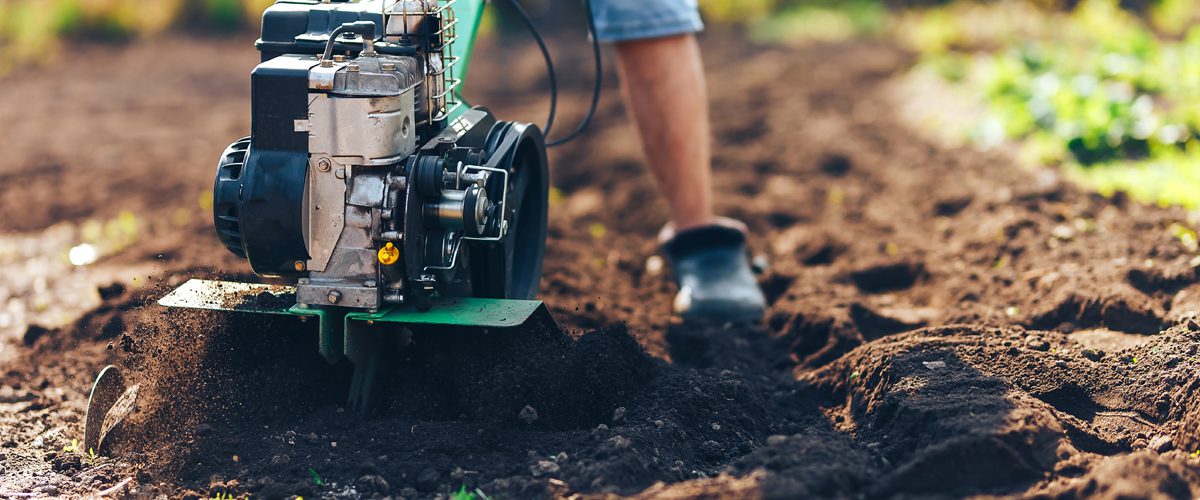
Rake
Before installing the new sod, giving the area a rake is crucial. Raking is important because it evens out the ground and makes it ideal for the sod roots to take. Raking helps to remove dead, unwanted organisms, weeds, and more. It also helps to improve the airflow in the ground and more. Raking is an often overlooked chore that helps immensely.
Install the Sod
For new sod to take root and grow thick and lush, it must be installed correctly. Begin by laying the sod down following a straight edge. Ensure that it doesn’t get walked on, and pat the sod gently to eliminate any air pockets between the soil and the sod. Next, use your thumbs to push the ends of the sod together to avoid air pockets between pieces. This is essential to ensure that the sod grows together and is not spotty.
Tips For Watering New Sod
Once the sod is installed, it’s essential to begin watering. New sod requires a lot of watering for it to root and thrive. You don’t need to worry about overwatering new sod because it’s nearly impossible! But, there are a couple of things to be aware of about watering new sod in order for it to root and thrive.
- Don’t water in the evening or at night. New sod is prone to disease, and being too wet for too long increases its vulnerability.
- Start watering as soon as the sod is installed.
- Morning and late afternoon are the ideal times to water.
- Adjust the watering schedule based on rain accumulation.
- Sod requires the most water in the first 14 days of installation. Water twice daily for the first 14 days and watch for signs of dryness. In areas where the sprinkler doesn’t reach good water with a handheld sprinkler/hose.
- Stay off the new sod until after its first mow.
Monitor Watering New Sod
Getting a rain gauge is a good idea if you don’t have an in-ground watering system. A rain gauge can help ensure that all parts of the new sod get adequate water.
Signs New Sod Isn’t Getting Enough Water.
- Sod is pulling up at the corners of each piece. This is a sign of shrinkage, and the sod is drying out.
- Gaps are beginning to form between rows of sod.
- The sod is turning brown.
When To Mow New Sod
For the new sod to thrive, it’s best to wait to mow until the sod has fully taken root. This can take approximately three weeks. Once it’s time to mow the new sod, ensure the mower blades are sharp. This ensures that the blades cut the grass rather than tear it. Also, adjust the height not to cut more than ⅓ of the grass blade. This helps the grass to remain thick, healthy, and green.
When To Fertilize New Sod
Fertilize new sod upon laying it down and every 4-6 weeks after. This will help the new sod get all its nutrients and grow thick and healthy. Using the proper fertilizer will help the new sod develop deep, strong roots, which is precisely what you want! Think of fertilizer as food for the grass. Therefore, it’s important to fertilize (feed) your sod. (At this point, the soil test results are important, too. The soil test will reveal what nutrients it’s lacking, and using the correct fertilizer will rectify it.
Important Tips To Remember
- Water new sod as soon as it’s installed. Watering is a critical factor in the new sod developing solid and deep roots.
- Morning and late afternoon are the best times to water.
- Watch new sod for signs of dryness to fix it immediately.
- Don’t watch on the new sod until after the first mowing.
- Fertilizer is your friend.
- Don’t mow until a strong root system has time to establish itself, usually approximately three weeks after installation.
- Always ensure lawn mower blades are sharp to reduce the risk of the mower tearing the grass rather than cutting it.
When To Start Weed Control
Once the new sod has developed a strong root system and looks beautiful and healthy, it’s time to start a weed control regimen. The robust root system usually takes four mowings. Look for a weed control product suitable for your growing zone, climate, and new grass. Ask for help from a garden center expert, and they’ll be able to direct you easily. After applying the first treatment, wait for 4-5 mowings before applying again. This will help the new sod stay vibrant and healthy and not overrun with pesky weeds!
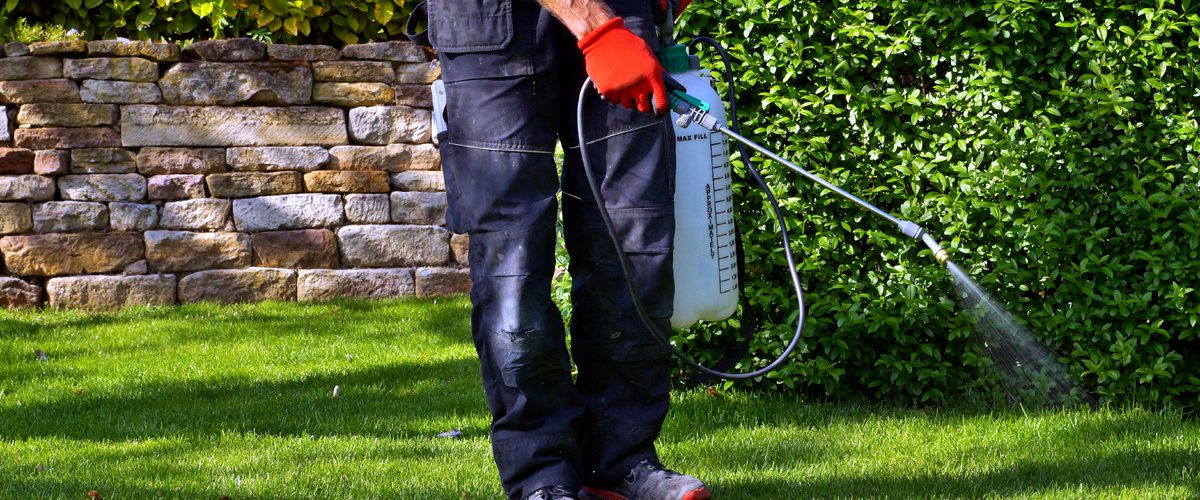
A Recap
It’s important to follow these tips for new sod. New sod requires some care for it to take root. Each step outlined above will help establish strong, healthy roots and thick, lush grass. Remember to begin with testing the soil. The soil test results will help you identify what nutrients the ground is lacking and ensure you pick the best fertilizer.
In addition, don’t skip the raking step. Raking is so good for grass as it cleans up unwanted debris and stimulates each blade of grass. Make sure to install the sod as soon as possible because heat can build up inside the rolled-up turf and cause damage to the grass blades. Lay it out as quickly as possible after purchase and water. Water is essential for new sod to grow.
These fifteen tips for new sod maintenance will help you plant and maintain new sod. Before you know it, your sod will look like the rest of your gorgeous lawn.

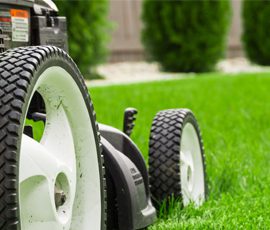
![The Ultimate Guide To A Proper Lawn Care Schedule [2022 Edition]](https://bluejayirrigation.com/wp-content/uploads/2022/06/the-ultimate-guide-to-a-proper-lawn-care-schedule-main-image-1.jpg)
